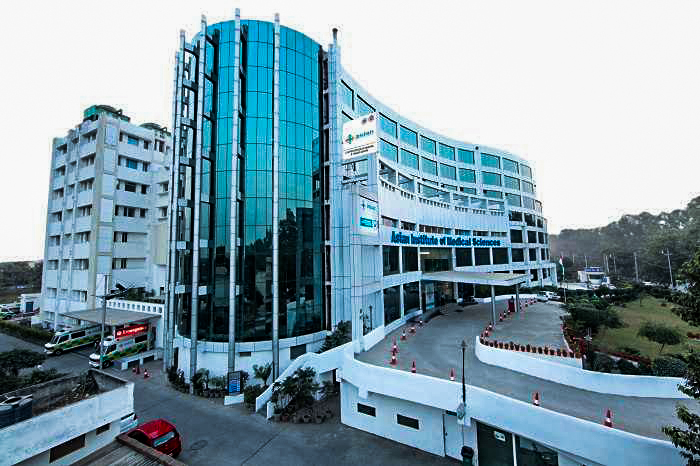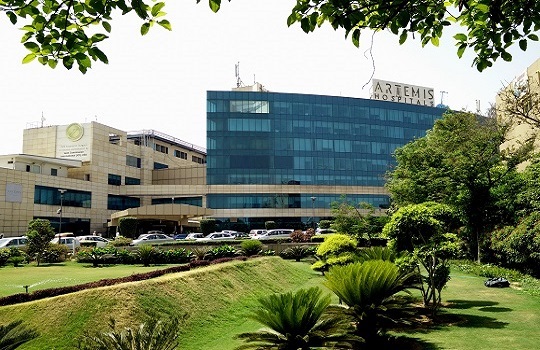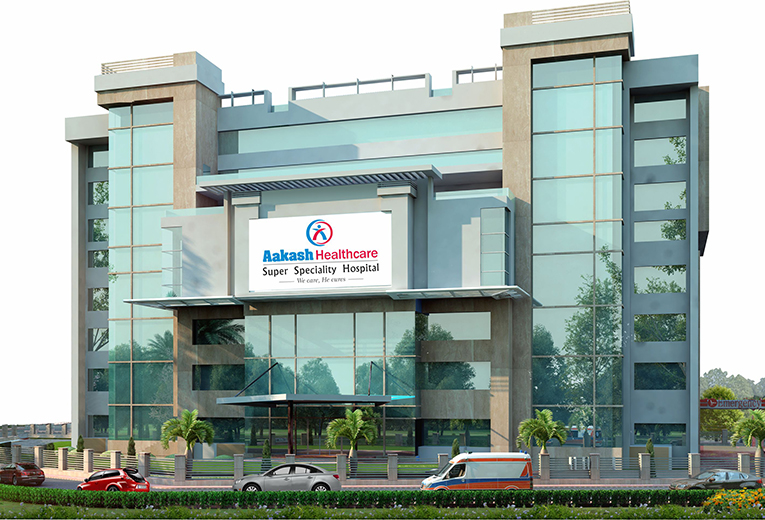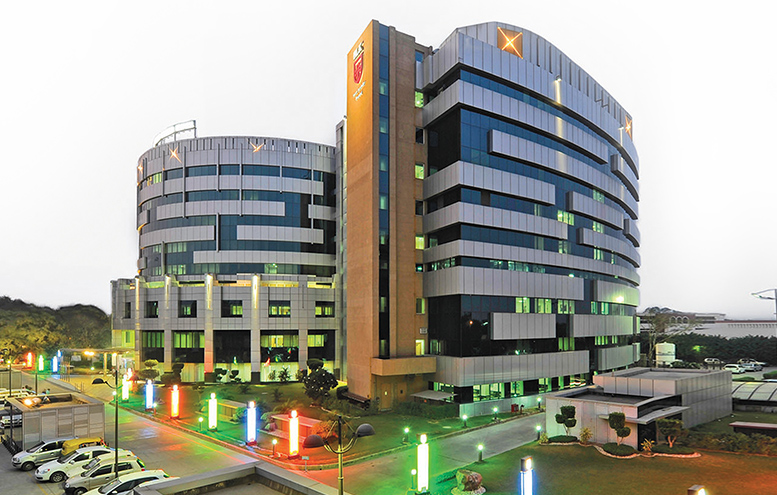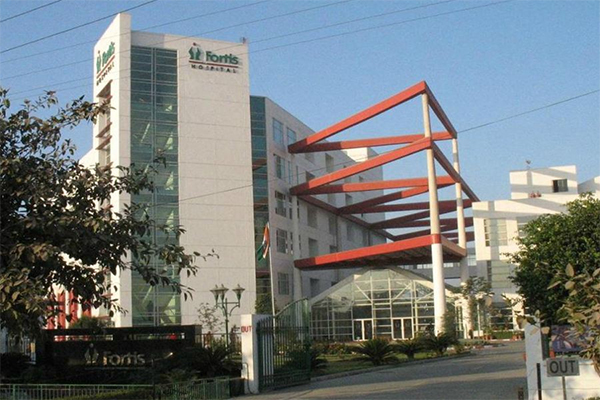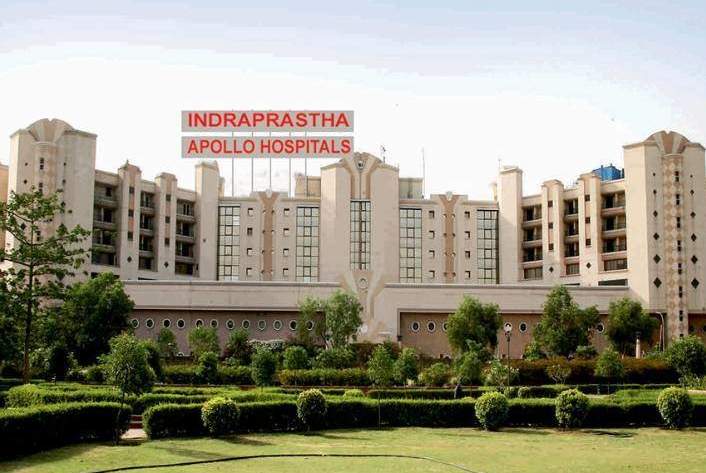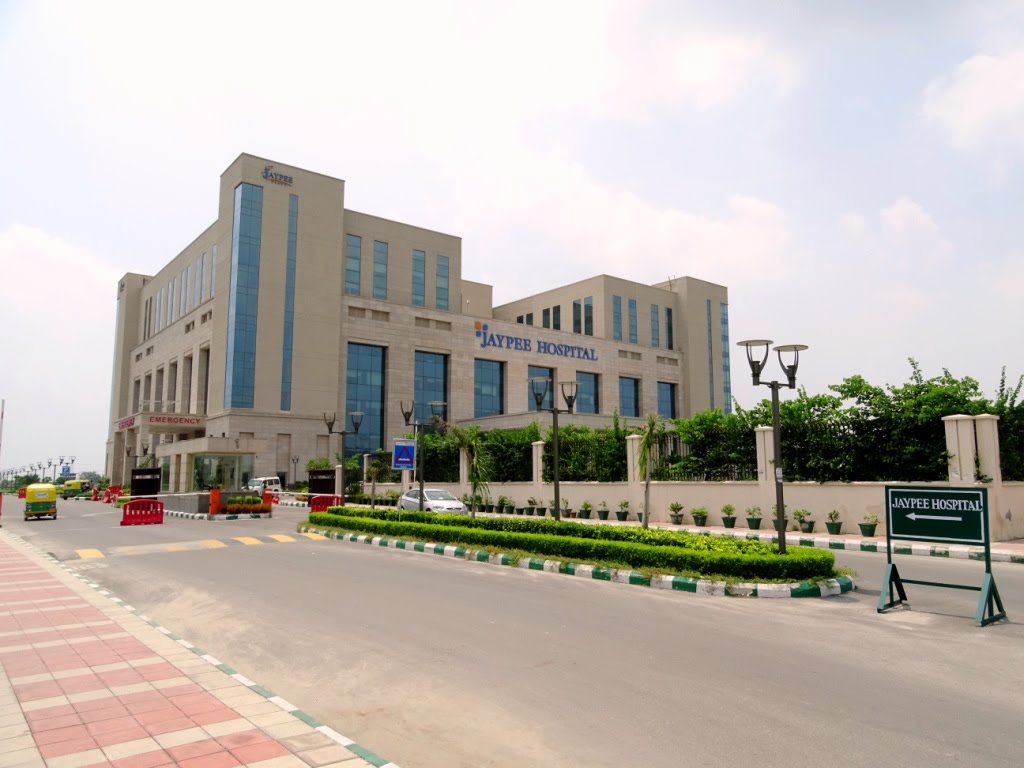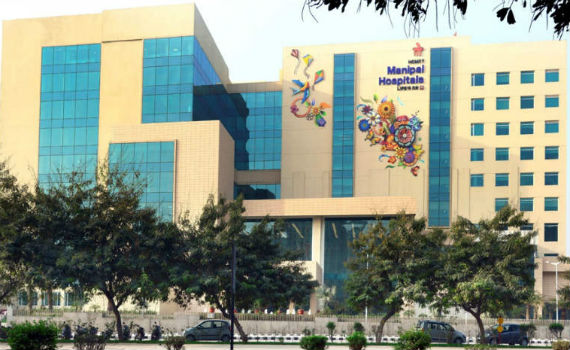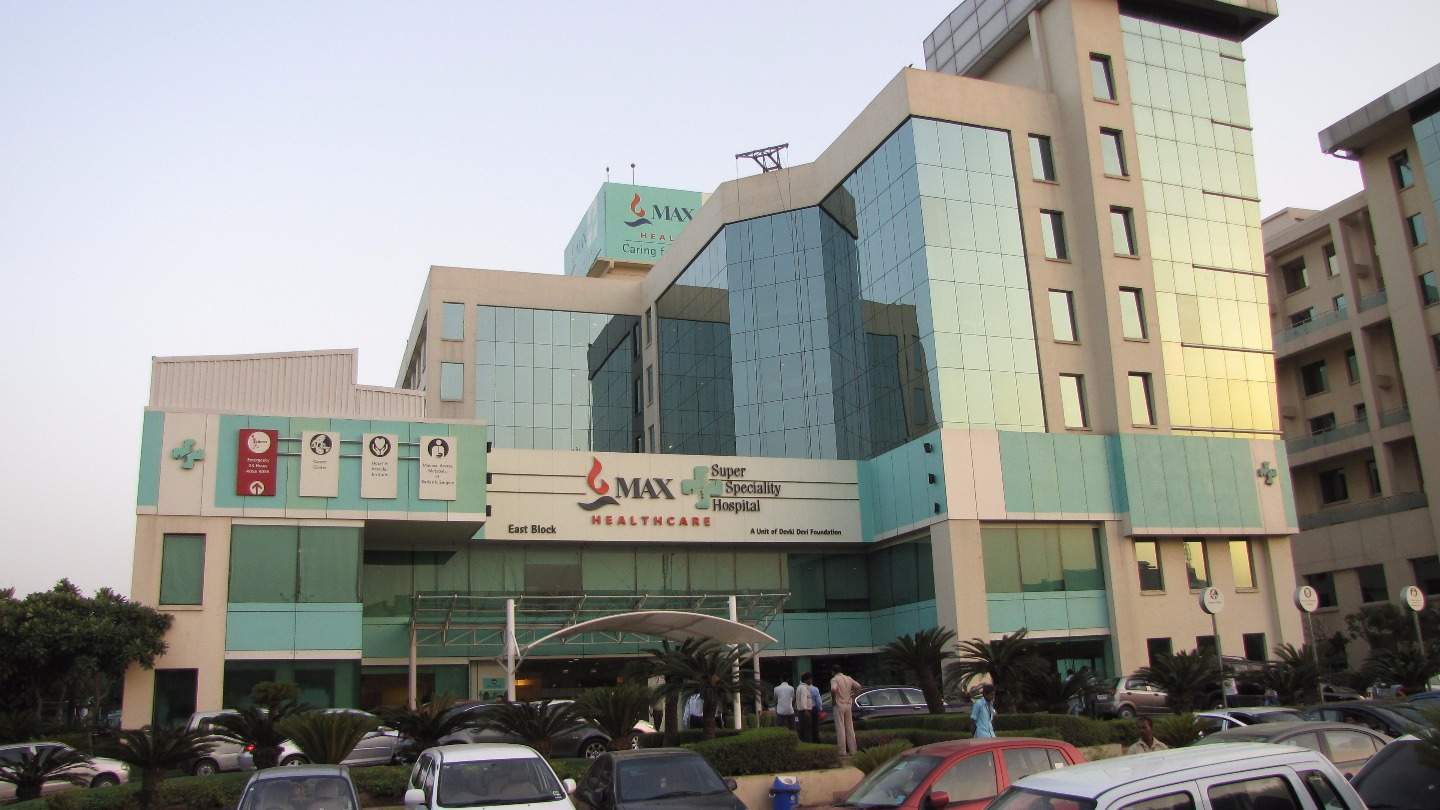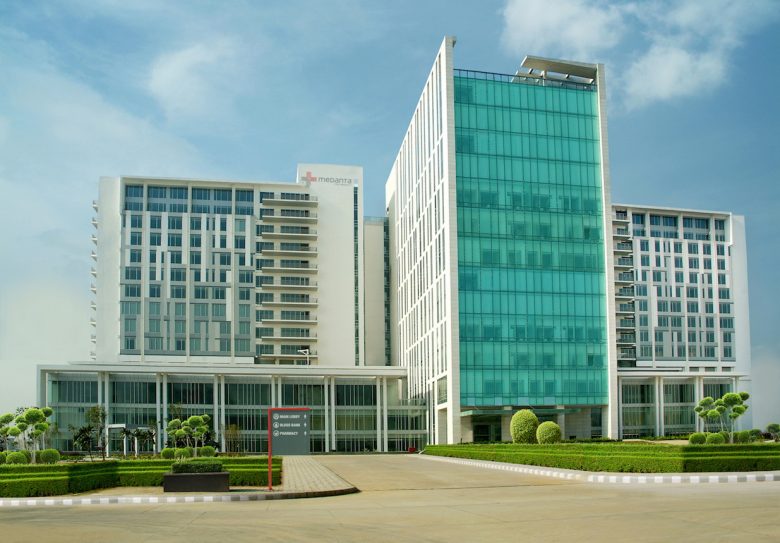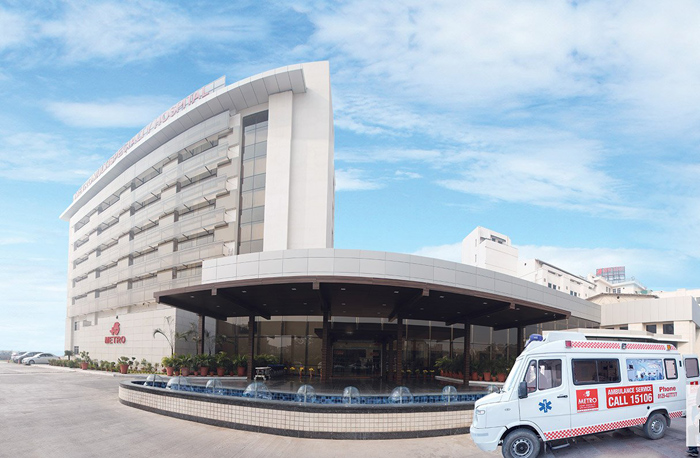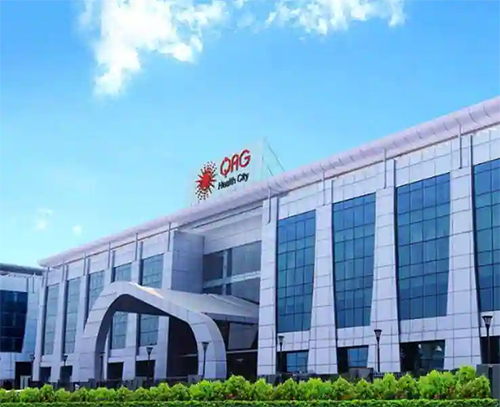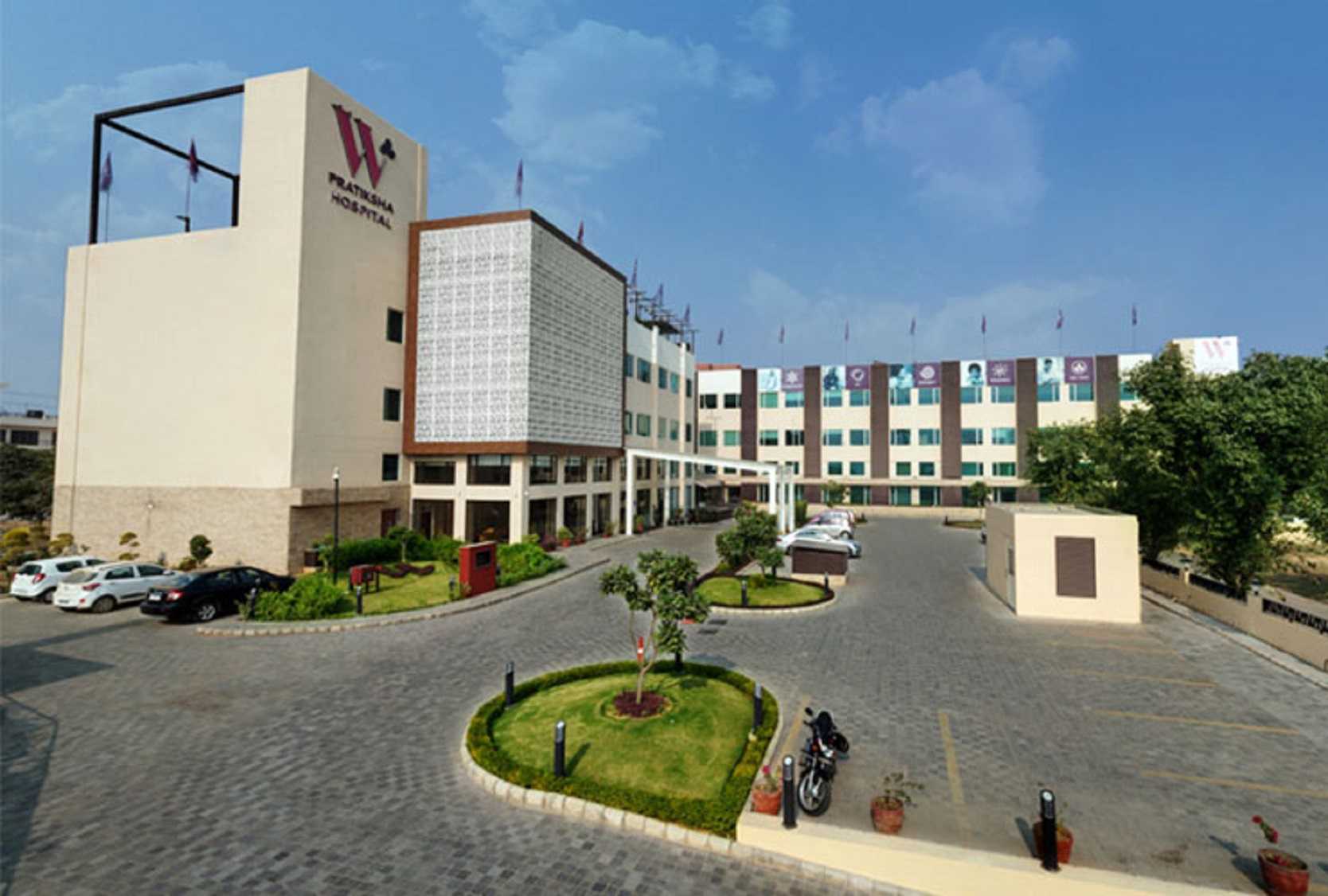Cervical Disc Replacement Cost in India Treatment and Cost

2 No of Traveler

3 Days in Hospitals

8 Days Outside Hospital

11 Total Days in India

Treatment starts from
$ 5000
Cervical Disc Replacement
As age increases, there are a few problems that can create problems in the cervical discs. Some may face problems like narrowing the space between the bone of the cervical discs, while others may endure wear and tear down of the discs. Consequently, these problems lead to degeneration of the cervical discs and bulge out with time. This is very common in people above 60 years. Besides, there are several other risks that intensify the deterioration of the cervical disc. These are:- Vigorous physical movement
- Sudden injury
- Consumption of tobacco products
Goals of Cervical Disc Replacement
Just like other surgeries, cervical disc replacement also aims to achieve key goals. The patients who are enduring the above symptoms may have to undergo this treatment. However, it is necessary to realize what cervical disc replacement aims to achieve.-
Alleviate Nerve Compression
-
Maintain motion
Symptoms of the Need for Cervical Disc Replacement
A patient might have multiple symptoms, especially around the neck area, that will hint at a degenerative cervical disk. These symptoms are:- Chronic back pain
- Extreme headache
- Numbness or sensation in the arms
- Pain in shoulders to arms
- Weakness in different body parts, including shoulders, arms, and hands
- Reduced strength in legs
- Stiffness and difficulty in moving neck
What Is The Surgical Procedure Of Cervical Disc Replacement?
The procedure of cervical disc replacement in India can take a few hours to get successfully over. First of all, the patient gets an intravenous line (IV) dosage that helps to receive the needed fluid intake and medicines to relax and sleep. Hence, before going under the operation table, the patient is given general anesthesia. In this process, in order to avoid breathing problems, a tube is inserted into the patient's throat. There remains a monitor in the operation theatre to examine the body to check the heart rate, oxygen level, and blood pressure. After that, the surgery begins with cleaning and washing the neck area in order to eliminate germs and infections. The surgeon cuts on the front and side of the neck for about one to two inches. The next step is moving the delicate neck structure to the side to get access to the vertebrate. The main step comes when the surgeon removes the deteriorated cervical disk and makes space for the artificial disk. After inserting the artificial disk into the space, the surgeon closes the incisions with dissolvable stitches. It is then followed by the use of a medical device called sutures that helps to reduce scarring. Finally, the surgeon applies a dressing on the incision and ties a neck collar to restrict the neck movement.Effectiveness of Cervical Disc Replacement
Cervical disc replacement is considered to be a new surgical procedure. Nonetheless, the process of removing the natural cervical disc with an artificial disc is said to be relatively safer. This surgical process effectively reduces neck, back, and arm pain which happens because of either a compressed spinal cord or nerve root. There have been many random studies that show the success rates of cervical disc replacement surgery are better than the success rates of commonly performed anterior cervical discectomy and fusion (ACDF). The symptom relief attained by the patient after surgery can even stay for many years.Complications Relating to Cervical Disc Replacement
Although cervical disc replacement is a safe surgical procedure, it is still not completely risk-free. After undergoing surgery, the patient might face the following problems.- Infection
- Bleeding
- Breathing problem
- Difficult to swallow
- Temporary voice change
- Spinal injury
- Spinal fluid leakage
- Allergic to the anesthesia
- The necessity to undergo further surgery
Cervical Disc Replacement Cost in India
The cervical disc replacement is possible by using the surgical procedure that withdraws the worsened cervical disc only to change it with an artificial one. Just like the natural cervical disc, an artificial cervical disc performs the same task of acting as a shock absorber so that your neck can move freely. Cervical discs are like pillows that tolerate the shocks between the neck bones, which in medical terms are called cervical spine vertebra. Cervical Disc Replacement Starting cost in India approx 5000$ Therefore, the development of artificial cervical discs helps in surgery to treat complications related to cervical discs. If left untreated, this may give rise to chronic neck discomfort, arm pain, weakness, and other symptoms. As a result, the replacement of the cervical disc through the surgical process is indeed a better alternative to the commonly performed anterior cervical discectomy and fusion (ACDF), which also addresses the same problem but eliminates the motion. Cervical Disc Replacement in India is now easy to achieve with us as we offer a platform to treat your medical condition from the best. Connect to Tripo Heal for a consultation today!Top Hospitals
Asian Institute Of Medical Sciences
Asian Hospital or the Asian Institute of Medical Sciences is a super specialty tertiary care hospital operating in the Northern Indian subcontinent region. Its cutting edge technology and a pool... Delhi / NCR, India
Delhi / NCR, India
 No. Of Beds: 425
No. Of Beds: 425

Artemis Hospital
Artemis is a world-class tertiary care multi-specialty hospital established in 2007. Artemis hospital, accredited with JCI and NABH certificates, is a 400+ bedded hospital, design... Near Unitech Cyber park, Sector 51 Gurgaon Haryana 122001
Near Unitech Cyber park, Sector 51 Gurgaon Haryana 122001
 No. Of Beds: 400
No. Of Beds: 400

Aakash Hospital Dwarka Delhi
Akash hospital is one of the fastest growing hospitals in Delhi which is 230 bedded hospital and provides numerous healthcare facilities. There are 70 Intensive care unit beds, 8 OT’s with 32 sp... Hospital Plot, Road Number 201, Sector-3, Dwarka, New Delhi-110075
Hospital Plot, Road Number 201, Sector-3, Dwarka, New Delhi-110075
 No. Of Beds: 230
No. Of Beds: 230

BLK Super Speciality Hospital
BLK Super Speciality Hospital is a private sector hospital based in New Delhi, India with 650 beds and 17 operation theaters. It was founded by B. L. K... Pusa Road, Radha Soami Satsang,, Rajendra Nagar , New Delhi, India
Pusa Road, Radha Soami Satsang,, Rajendra Nagar , New Delhi, India
 No. Of Beds: 650
No. Of Beds: 650

CK Birla Hospital Gurgaon
The CK Birla Hospital is a NABH accredited, multi-speciality hospital located in Gurugram. The hospital aims to improve the quality of healthcare with an e... Block J, Mayfield Garden Landmark: Near Baani Square Mall Gurgaon Sector 51, Gurgaon
Block J, Mayfield Garden Landmark: Near Baani Square Mall Gurgaon Sector 51, Gurgaon
 No. Of Beds: 100
No. Of Beds: 100

Fortis Hospital Noida
Fortis Hospital, Noida is one of the most comprehensive medical services providing facility in the National Capital Region. It has been delivering excellent patient care services to people from ... B-22, Sector 62, Gautam Buddh Nagar, Noida, Uttar Pradesh , Noida, UP, India, 201301
B-22, Sector 62, Gautam Buddh Nagar, Noida, Uttar Pradesh , Noida, UP, India, 201301
 No. Of Beds: 200
No. Of Beds: 200

Fortis Memorial Research Institute
Fortis Memorial Research Institute (FMRI) Fortis Memorial Research Institute (FMRI) is well known to all for being a quaternary care service provider and a multi super specialty hospita... Sector - 44, Opposite HUDA City Centre , Gurgaon, HR, India, 122002
Sector - 44, Opposite HUDA City Centre , Gurgaon, HR, India, 122002
 No. Of Beds: 1000
No. Of Beds: 1000

IBS Hospital
Set up in 2011, Institute of Brain & Spine (IBS) is a super specialty hospital specializing in Neuroscience, Neurology, Orthopedics and Emergency care services. IBS was the super specialty h... 73, Ring Rd, Block L, Lajpat Nagar III, Sarojini Nagar, New Delhi, Delhi 110024
73, Ring Rd, Block L, Lajpat Nagar III, Sarojini Nagar, New Delhi, Delhi 110024
 No. Of Beds: 50
No. Of Beds: 50

Indraprastha Apollo Hospital
Established in 1996, Indraprastha Apollo Hospital is NABH, NABL and JCI accredited. Apollo Group offers 10,000 beds across 64 hospitals, more than 2,200 pharmacies, over 100 prima... Sarita Vihar, Delhi-Mathura Road , New Delhi, India, 110076
Sarita Vihar, Delhi-Mathura Road , New Delhi, India, 110076
 No. Of Beds: 1000
No. Of Beds: 1000

Jaypee Hospital
Shri Jai Prakash Gaur, the Founder Chairman was the one to conceptualize the model and see the final establishment of the Jaypee Hospital with the idea to promote world class healthcare which ca... Jaypee Hospital Rd, Goberdhanpur, Sector 128, Noida, Uttar Pradesh 201304
Jaypee Hospital Rd, Goberdhanpur, Sector 128, Noida, Uttar Pradesh 201304
 No. Of Beds: 480
No. Of Beds: 480

Manipal Hospital Dwarka
Manipal Hospital Dwarka is a prominent multi-specialty and quaternary care providing hospital with first-rate healthcare services and integrated facilities. The world-class medica... Palam Vihar, Sector 6, Dwarka , New Delhi, DL, India, 110075
Palam Vihar, Sector 6, Dwarka , New Delhi, DL, India, 110075
 No. Of Beds: 380
No. Of Beds: 380

Max Super Specialty Hospital Saket
Max Super Speciality Hospital in Saket was founded in 2006 Awarded for its initiatives towards customer experience improvement & for patient safety at FICCI Healthcare Excelle... 1,2 Press Enclave Road, Saket , New Delhi, India, 110017
1,2 Press Enclave Road, Saket , New Delhi, India, 110017
 No. Of Beds: 252
No. Of Beds: 252

Medanta The Medicity
One of the largest multi super specialty hospital located in the busy Gurgaon city, Medanta hospital is the brain child of Dr Naresh Trehan, a world renowned cardiovascular and cardiothoracic su... Sector 38, CH Baktawar Singh Road, , Gurgaon, HR, India, 122001
Sector 38, CH Baktawar Singh Road, , Gurgaon, HR, India, 122001
 No. Of Beds: 1250
No. Of Beds: 1250

Metro heart institute faridabad
Metro Hospital, Faridabad has been in existence since 2002 as the first dedicated heart hospital of Haryana started by first DM cardiology of the state Dr. S.S Bansal ... Sector 16 A, Faridabad (NCR) - 121002. India.
Sector 16 A, Faridabad (NCR) - 121002. India.
 No. Of Beds: 400
No. Of Beds: 400

Paras Hospital Gurgaon
Established in the year 2006, Paras Hospital is NABH accredited. The super specialty hospital offers 55 specialties under on... Phase- I, C-1, Sushant Lok Rd, Sector 43, Gurugram, Haryana 122002
Phase- I, C-1, Sushant Lok Rd, Sector 43, Gurugram, Haryana 122002
 No. Of Beds: 250
No. Of Beds: 250

QRG Health City Faridabad
QRG Health City is a tertiary care 400 bedded hospital with state of art infrastructure. Hospital has dedicated International wing to cater to needs of international patients like wifi, prayer r... Plot No. 1, Sector 16 ,Faridabad - 121002
Plot No. 1, Sector 16 ,Faridabad - 121002
 No. Of Beds: 400
No. Of Beds: 400

Sarvodaya Hospital and Research Centre
Right to quality healthcare is a vision in which Sarvodaya hospital in Faridabad believes and this is how they have embarked upon their journey. Since 1991, they have been slowly addi... Sector-8, YMCA Rd, near Escorts Mujesar Metro Station, Sector 7, Faridabad, Haryana 121006
Sector-8, YMCA Rd, near Escorts Mujesar Metro Station, Sector 7, Faridabad, Haryana 121006
 No. Of Beds: 500
No. Of Beds: 500

W Pratiksha Hospital
mprehensively catering to health requirements of people from India and abroad. Established in 1995, the 100 bedded facility is the flagship hospital of Pratiksha Group of Hospitals. Pratisha Gro... Golf Course Ext Rd, Shushant Lok 2, Sector 56, Gurugram, Haryana 122011
Golf Course Ext Rd, Shushant Lok 2, Sector 56, Gurugram, Haryana 122011
 No. Of Beds: 100
No. Of Beds: 100


